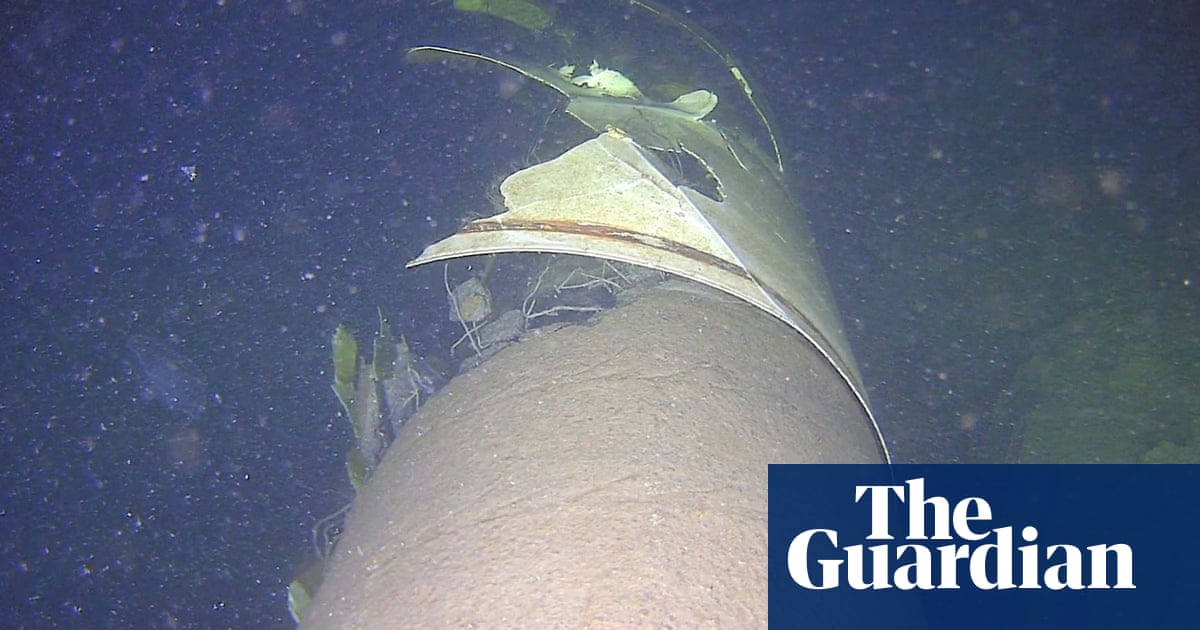
The invisible seafaring industry that keeps the internet afloat
How one crew risked radiation, storms, and currents to save Japan from digital isolation.
The internet is carried around the world by hundreds of thousands of miles of slender cables that sit at the bottom of the ocean.
These fragile wires are constantly breaking — a precarious system on which everything from banks to governments to TikTok depends.
But thanks to a secretive global network of ships on standby, every broken cable is quickly fixed.
This is the story of the people who repair the world's most important infrastructure.
The world's emails, TikToks, classified memos, bank transfers, satellite surveillance, and FaceTime calls travel on cables that are about as thin as a garden hose. There are about 800,000 miles of these skinny tubes crisscrossing the Earth's oceans, representing nearly 600 different systems, according to the industry tracking organization TeleGeography. The cables are buried near shore, but for the vast majority of their length, they just sit amid the gray ooze and alien creatures of the ocean floor, the hair-thin strands of glass at their center glowing with lasers encoding the world's data.
If, hypothetically, all these cables were to simultaneously break, modern civilization would cease to function. The financial system would immediately freeze. Currency trading would stop; stock exchanges would close. Banks and governments would be unable to move funds between countries because the Swift and US interbank systems both rely on submarine cables to settle over $10 trillion in transactions each day. In large swaths of the world, people would discover their credit cards no longer worked and ATMs would dispense no cash. As US Federal Reserve staff director Steve Malphrus said at a 2009 cable security conference, "When communications networks go down, the financial services sector does not grind to a halt. It snaps to a halt."
Fortunately, there is enough redundancy in the world's cables to make it nearly impossible for a well-connected country to be cut off, but cable breaks do happen. On average, they happen every other day, about 200 times a year. The reason websites continue to load, bank transfers go through, and civilization persists is because of the thousand or so people living aboard 20-some ships stationed around the world, who race to fix each cable as soon as it breaks.
(sorry, much harder to post an article from my phone than I thought)



